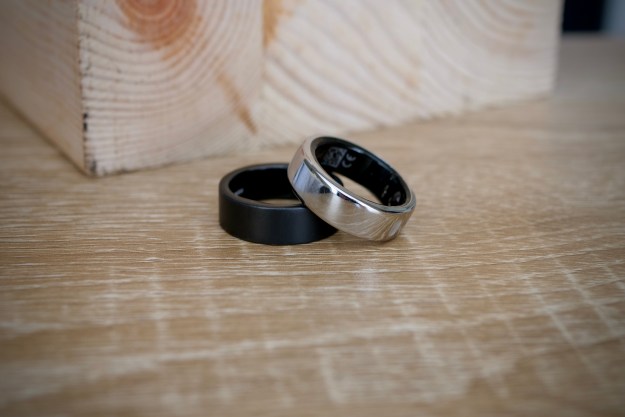
Commenting on the ban, the Gallery’s Susan Foister said she was concerned that “someone might poke somebody in the eye, or worse, perhaps damage a painting,” adding, “We want people to get close up to the paintings to have the best possible experience but we need to strike a balance.”
In the U.S., an increasing number of galleries and museums are barring the use of the handy extension, among them the Museum of Modern Art in New York City, the Museum of Fine Arts in Boston, the National Gallery in Washington DC, and the Getty Center in Los Angeles.
The Palace of Versailles near Paris has also issued a stern non to the metal stick, while a number of arenas and stadiums across Australia have recently announced they’ll be refusing entry to anyone wielding the device.
As the selfie stick’s popularity continues to grow, bans at tourist sites and ticketed events will almost certainly be imposed at an ever greater rate, though such a trend will likely put a smile on the faces of those who can’t stand the device.
Esteemed British art critic Brian Sewell, for one, is pleased about the National Gallery ban, telling The Times recently, “They are possibly quite dangerous to the artwork and cause appalling crowding around a painting. Anyone who actually wants to go and see a painting can’t because people are too busy taking photos – I’ve seen things in the National Gallery which make my hair stand on end.”
[Source: BBC]


